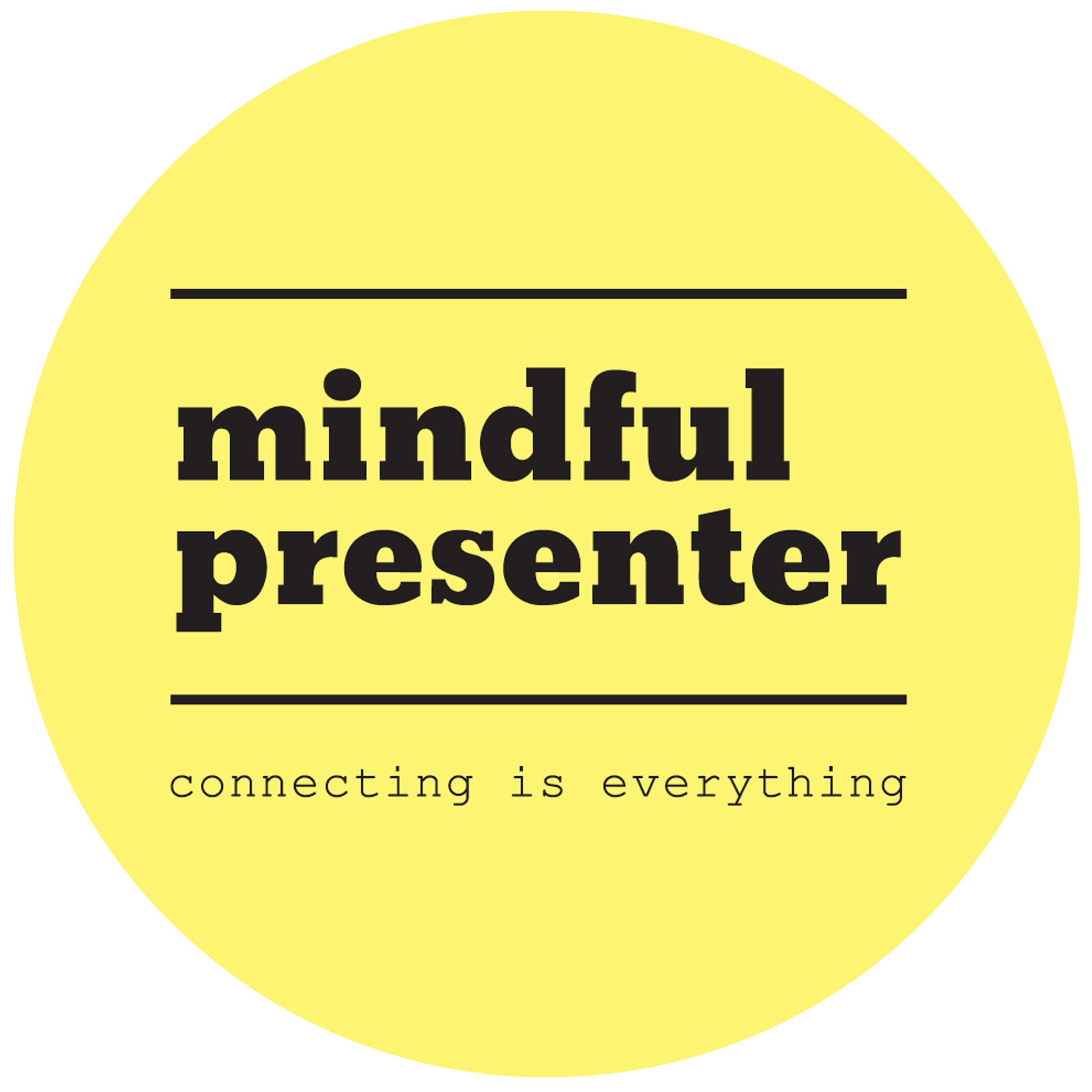
Presenting complex information with technical or financial data all require the same skill: turning complexity into clarity without dumbing it down. Doing that well requires a mix of structure, storytelling, visual design, and mindful attention to audience needs. Here’s a practical guide to presenting complex information simply, powerfully, and mindfully.
Start with purpose
– Be clear on the purpose of the presentation. Before you craft your content, ask: What’s the single change I want in my audience after this presentation? Is it understanding, agreement, decision, or action? What do I want them to do with this information? What do I need them to feel to increase the likelihood of them doing what I want them to do.
– Know your audience’s mindset. What do they already know? Where will they resist or challenge my ideas? Tailor your content and so you meet your audience where they are now before taking them to where you’d like them to be
– Ask yourself how you want your audience to feel beyond simply informed, interested and engaged.
What’s so important
– Start with the headline. Share your message or insight up front.
– Use the “What, so what, now what” approach. First explain what’s so important that you called them together, then why your audience should care, and finally what to do with the information and ideas you’ve shared.
– Show them what the future looks like for them. A visual map of how you can help them reduces anxiety and guides expectations.
Keep it simple
– Break content into digestible chunks. Short sections, one idea per slide. Let each idea, fact or insight land with your audience before you move on to the next one.
– Take them on a journey. Set the scene and then show them how you can make their lives better, easier, richer or happier.
– If you’re using slides keep them visual avoiding bullet points and lots of text and numbers.
Bring it to life with examples
– Use real examples and case studies. Give them clear examples of how the information can help them or has helped others.
– Paint pictures in their minds through stories.
– Give an example of how this would work, help or has worked elsewhere.
Design visuals for impact, not decoration
– Reduce cognitive load: keep slides uncluttered, limit bullet points, use ample whitespace and make sure you only present one idea per slide.
– Use colour and space intentionally. Reserve strong colours for emphasis and build in contrast.
– Don’t overwhelm your audience with animations. Avoid using sounds and anything else that can be distracting to your message.
Tell a story, but keep it short, relevant and interesting
– Set the scene by sharing a conflict, problem or gap. Take them through the challenge, insight and resolution.
– People remember characters, problems, and emotional challenges.
– Take your audience on a journey of struggle, growth and triumph.
Make it clear
– Avoid jargon and use simple language. Keep sentences and statements short.
– Present the most important data up front. Don’t drown them in data before making your point.
– Have a clear and simple aim.
Practice your delivery
– Practice slowing down and breathing between each sentence. Strategic pauses let ideas and facts land and give our audience time for reflection.
– Be expressive both verbally and non-verbally, make eye contact and let your hands speak too.
– Stand tall and proud and don’t forget to smile.
Be mindful
– Don’t overwhelm your audience with long monologues of dense detail.
– Use readable fonts at the right size and keep text to a minmum.
– Make sure that everything you share is relevant.
Focus on Key Points
– Be clear on the key message or ideas you want your audience to remember. Emphasise and repeat them.
– Limit the number of key points, asking yourself what you want your audience to remember.
– Ask engaging and thought provoking questions.
Complex information and data presented in the wrong way can be a painful experience for any audience. Don’t focus on trying to impress your audience, focus on helping them to understand and use the information in a way that will serve them well..
If you’d like help presenting complex information simply, powerfully and mindfully
– Book yourself onto a powerful public speaking course.
– Invest in some really good one to one public speaking coaching.
– Get yourself some excellent presentation training
Image courtesy of Canva.com
